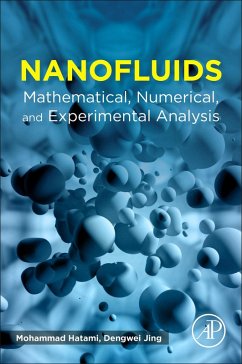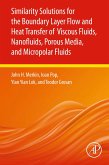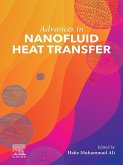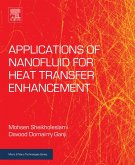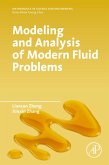Nanofluids: Mathematical, Numerical and Experimental Analysis provides a combined treatment of the numerical and experimental aspects of this crucial topic. Mathematical methods such as the weighted residual method and perturbation techniques, as well as numerical methods such as Finite Element and Lattice-Boltzmann are addressed, along with experimental methods in nanofluid analysis. The effects of magnetic field, electric field and solar radiation on the optical properties and synthesis of nanofluid flow are examined and discussed as well. This book also functions as a comprehensive review of recent progress in nanofluids analysis and its application in different engineering sciences.
This book is ideal for all readers in industry or academia, along with anyone interested in nanofluids for theoretical or experimental design reasons.
This book is ideal for all readers in industry or academia, along with anyone interested in nanofluids for theoretical or experimental design reasons.
- Explains the governing equations in which magnetic or electric fields are applied
- Gives instructions on how to confirm numerical modeling results by comparing with experimental outcomes
- Provides detailed information on the governing equations where nanofluids are used as a working fluid
Dieser Download kann aus rechtlichen Gründen nur mit Rechnungsadresse in A, B, BG, CY, CZ, D, DK, EW, E, FIN, F, GR, HR, H, IRL, I, LT, L, LR, M, NL, PL, P, R, S, SLO, SK ausgeliefert werden.

